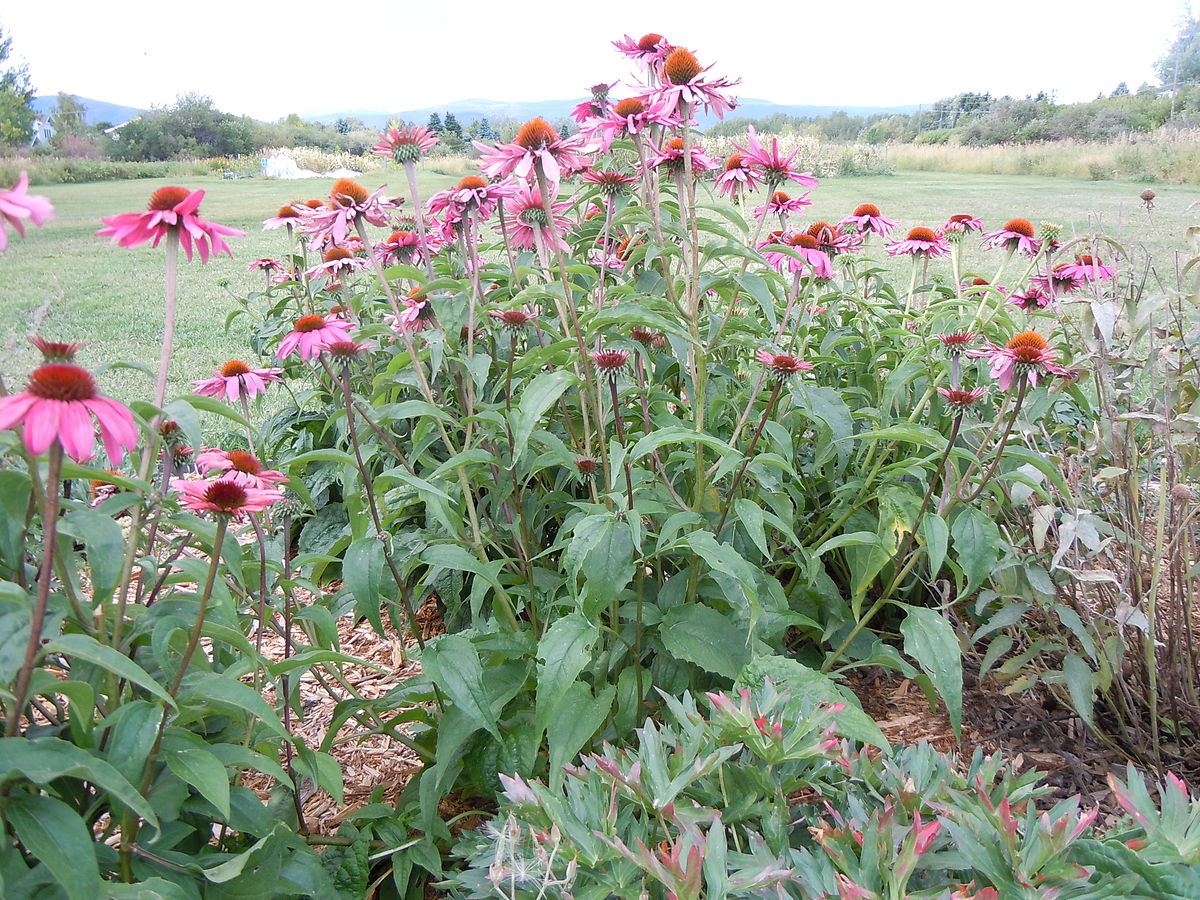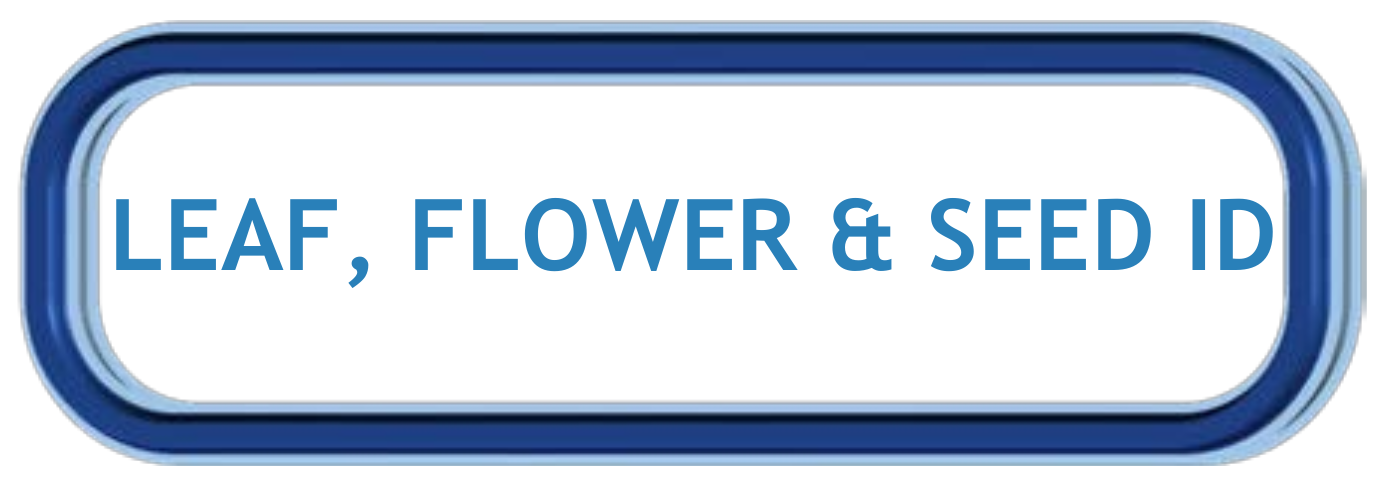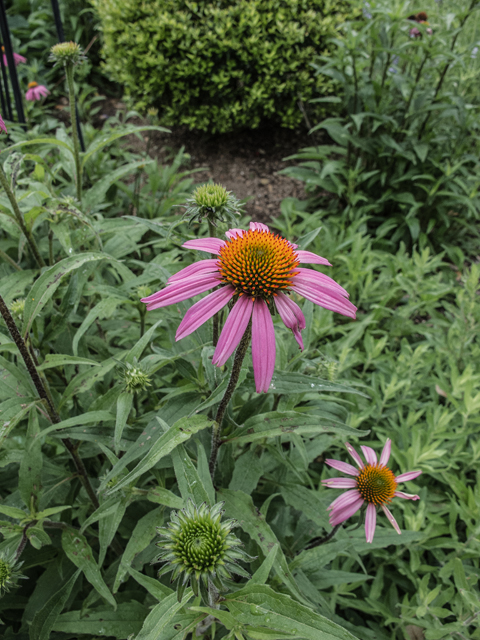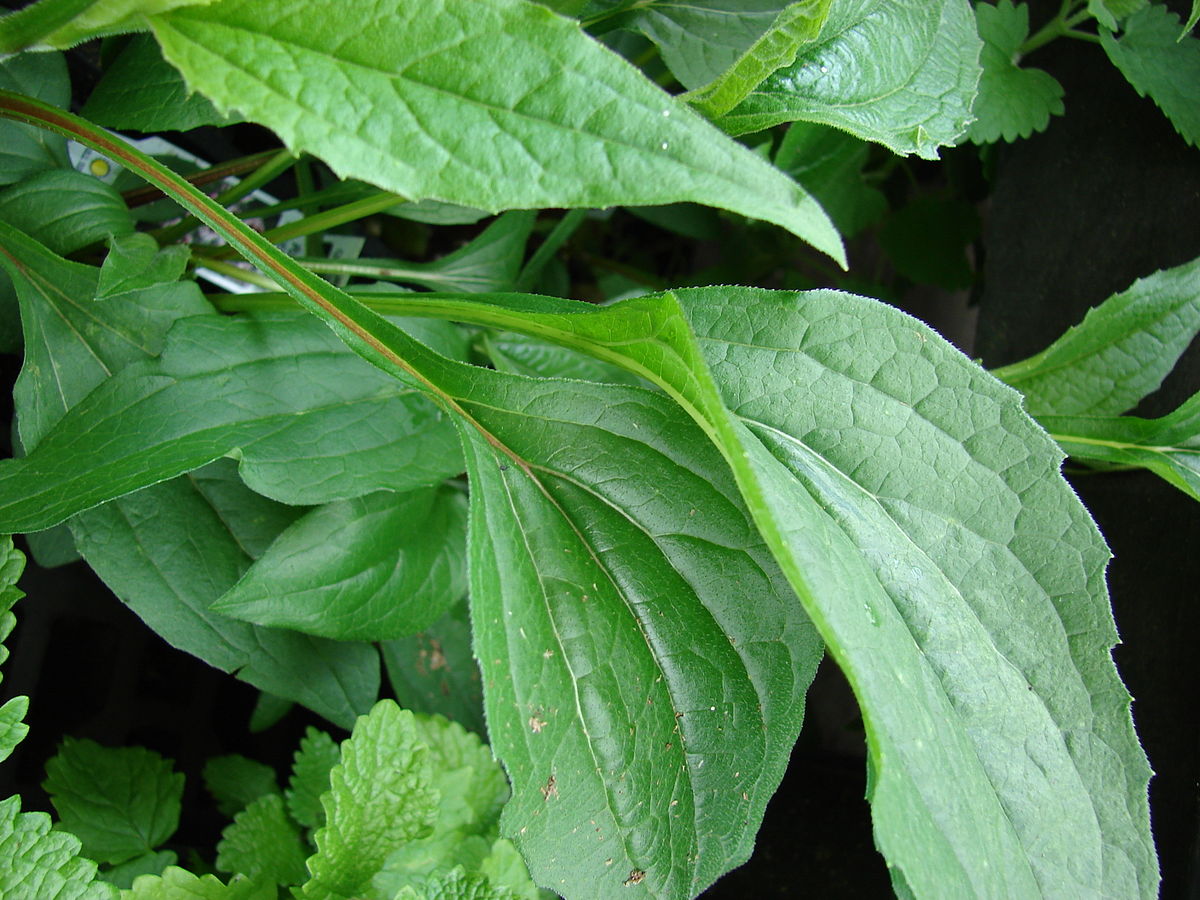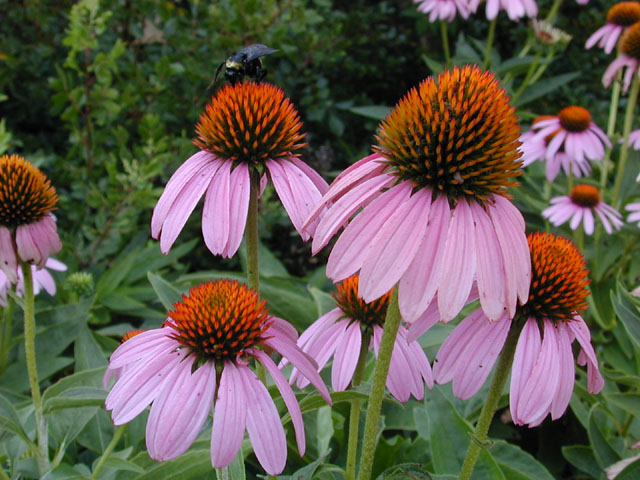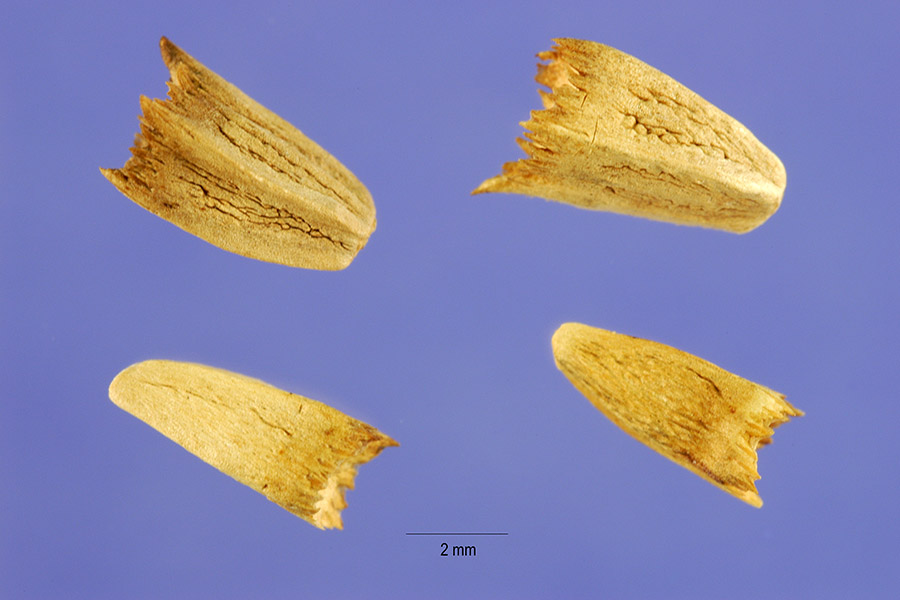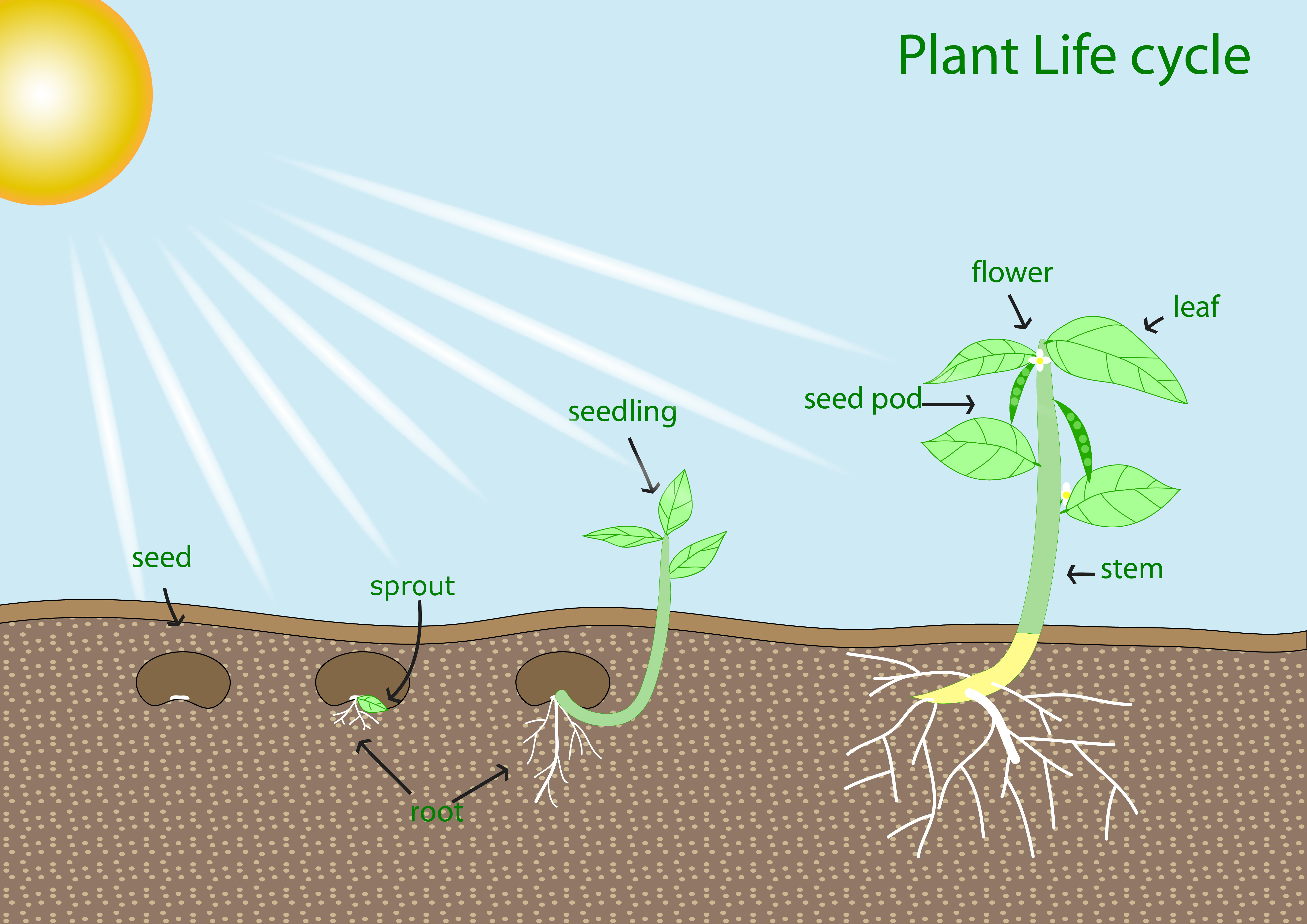Dig into Plants: Purple Coneflower
| Purple Coneflower Other Common Names: Eastern Purple Coneflower Scientific Name: Echinacea purpurea Native to Alabama: Yes |
|
Wikimedia Matt Lavin Click on image to enlarge it |
Learn more about...
| Ecological Benefits |
| This plant provides food for: | ||||
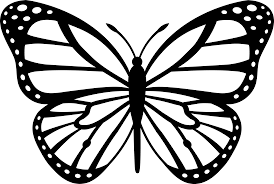 |
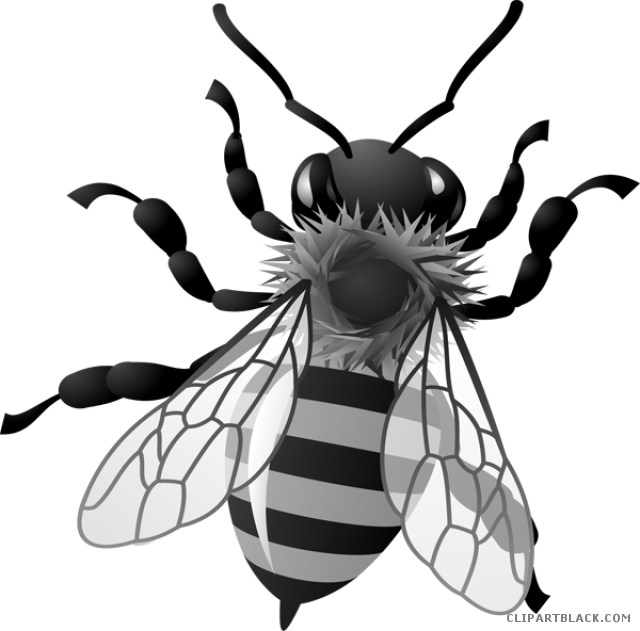 |
 |
||
| Butterflies | Native Bees | Hummingbirds | ||
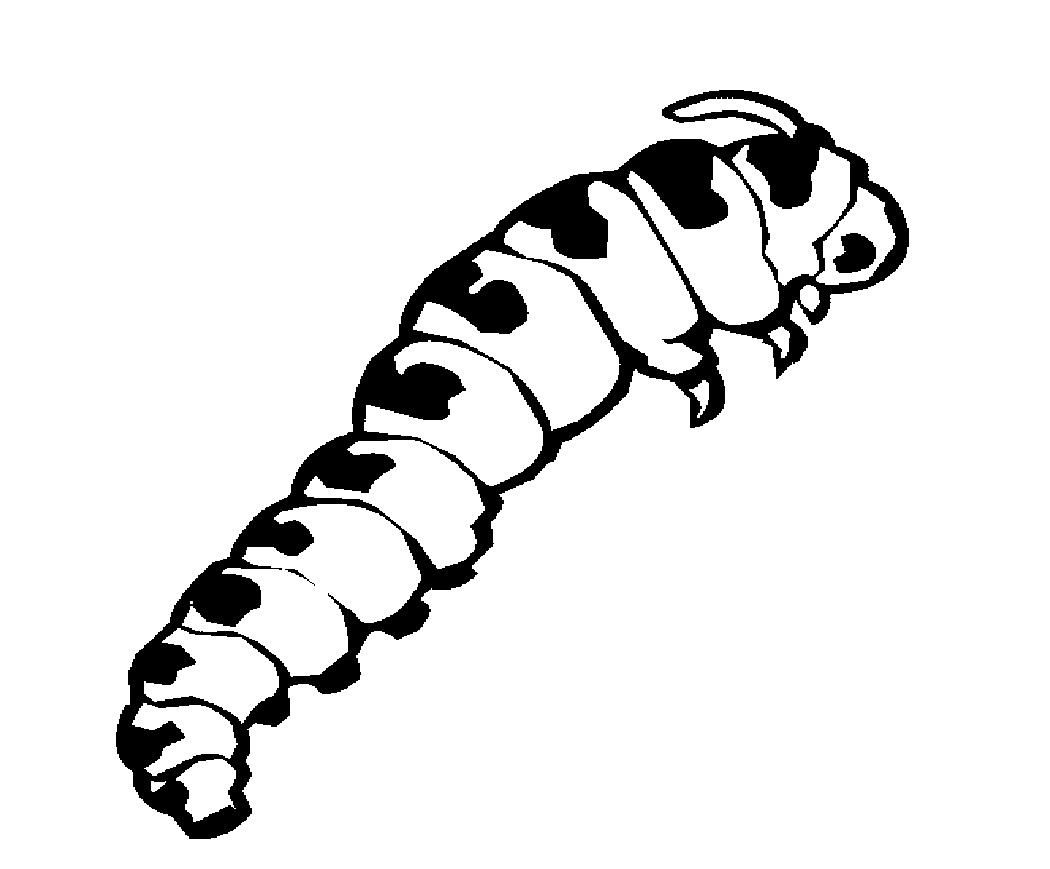 |
 |
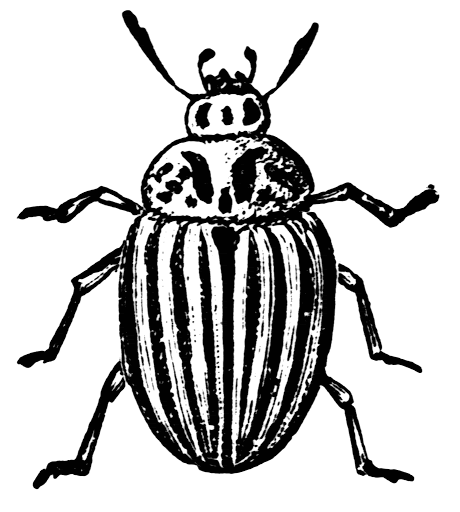 |
||
| Caterpillars | Other Birds | Other Pollinators | ||
| Silvery Checkerspot | ||||
| Other Plants Found in Alabama with Similar Ecological Benefits: | ||
| Smooth Purple Coneflower (Echinacea laevigata) |
Pale Purple Coneflower (Echinacea pallida) |
|
|
|
||
| Habitat Requirements | |||
| This plant prefers: | |||
|
Full Sun
(6+ hours of sun per day) (2-6 hours of sun per day) |
 Average Watering
|
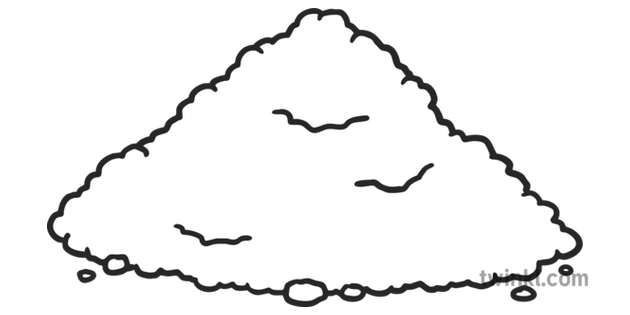 Well-drained, Sandy, Loamy, Clay, or Limestone Well-drained, Sandy, Loamy, Clay, or Limestone |
|
| Leaf, Flower & Seed Identification |
| LEAF DESCRIPTION |
Wikimedia
Forest & Kim Starr Click on image to enlarge it |
|||||
| Leaf Characteristics Chart (PDF) | ||||||
|
Shape:
Ovate or Lanceolate
|
Margin: Serrate or Dentate |
Arrangement: Alternate |
Form: Simple |
|||
|
|
|
|
|
|
|
|
| Description: | ||||||
| Dark green leaves; basal leaves (leaves at the base of the stem) and lower stem leaves are ovate to lanceolate and slightly heart-shaped at the base of the leaf; upper stem leaves are similar but become smaller as they extend up the stem | ||||||
| FLOWER DESCRIPTION |
Lady Bird Johnson Wildflower Center
Joseph A. Marcus Click on image to enlarge it |
|||
| Flower Shape Chart (JPG) | ||||
| Color: Purple, Pink |
Shape: Radiate/Ligulate |
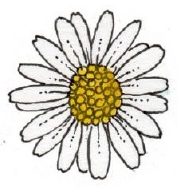 |
Bloom Months: Apr - Sep |
|
| Description: | ||||
| Flowers occur singly at the top of 2-5 ft stems and are up to 5 inches in diameter; flower heads have drooping and tongue-shaped ray florets (narrow, petal-like, infertile florets that surround the disk) and purplish-brown disk florets (tubular, fertile florets that forms disk) that form spiny central cone | ||||
|
|
||||||
| SEED DESCRIPTION |
Steve Hurst
Click on image to enlarge it |
|||||
| Type: Fruit - Dry Seed Pod |
Description: small, dark, 4-angled pods |
Months in Seed: Fall |
||||
| Plant spreads by: | ||||||
| Seeds and Rhizomes/ Tubers/ Roots & Shoots Self-seeds, can become aggressive if conditions are right |
||||||
ADDITIONAL RESOURCES FOR TEACHERS
| Quick Fact Sheet (Condensed Species Info) |
Plant ID Sign: Ready as-is PDF |
Plant ID Sign: Editable Word Doc |
QR Code (Links to this Webpage) |
INFORMATION SOURCES FOR THIS PLANT
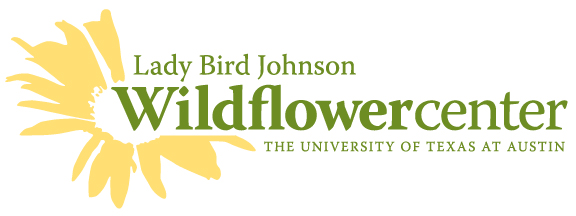 |
 |
|
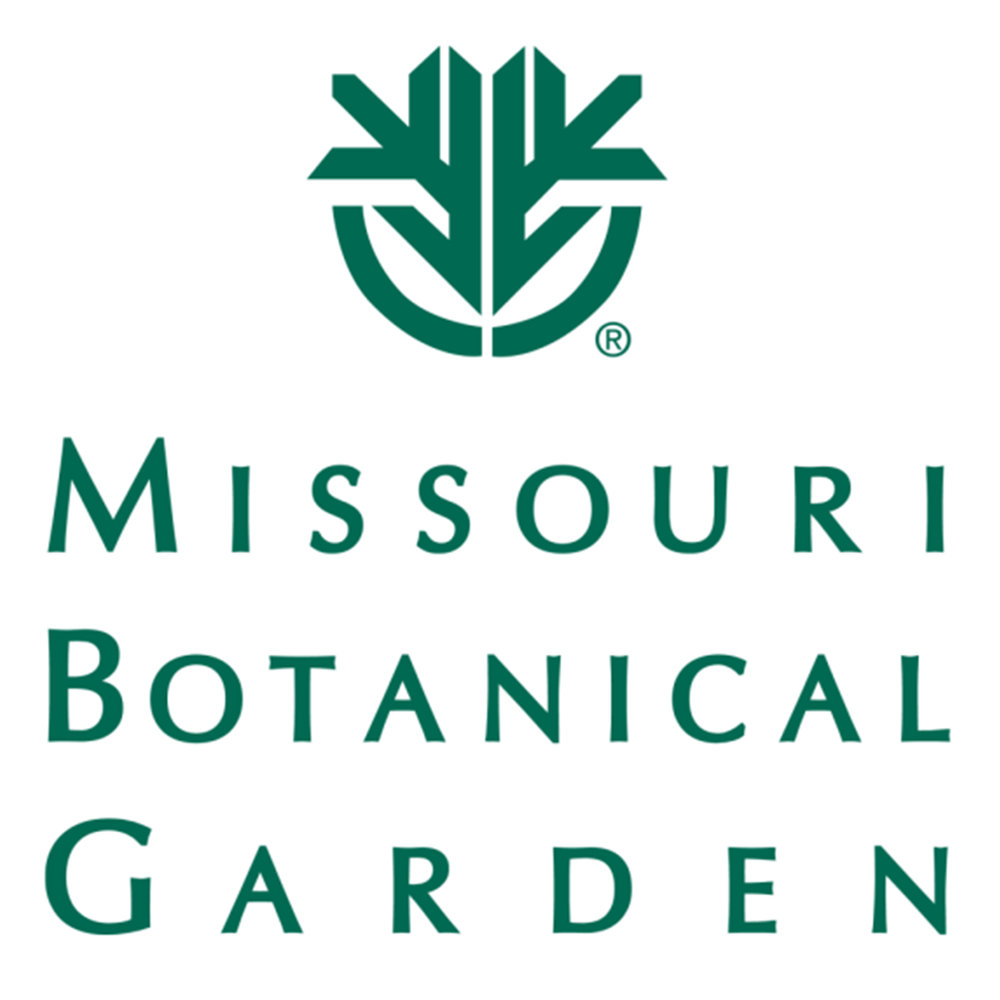 |
|
 Wildlife Tag
Wildlife Tag
